
-
埃卡瑞丁
- names:
Picaridin
- CAS号:
119515-38-7
MDL Number: MFCD01756488 - MF(分子式): C12H23NO3 MW(分子量): 229.32
- EINECS:423-210-8 Reaxys Number:
- Pubchem ID:125098 Brand:BIOFOUNT
| 货品编码 | 规格 | 纯度 | 价格 (¥) | 现价(¥) | 特价(¥) | 库存描述 | 数量 | 总计 (¥) |
|---|---|---|---|---|---|---|---|---|
| YZM000816-1g | 1g | 99% | ¥ 810.00 | ¥ 810.00 | 2-3天 | ¥ 0.00 | ||
| YZM000816-500mg | 500mg | 99% | ¥ 488.00 | ¥ 488.00 | 2-3天 | ¥ 0.00 |
| 中文别名 | 埃卡瑞丁(119515-38-7,Picaridin);羟乙基哌啶羧酸异丁酯(埃卡瑞丁);派卡瑞丁;羟乙基哌啶;羟乙基哌啶羧酸异丁酯 |
| 英文别名 | Picaridin(119515-38-7);Icaridin;Bayrepel;Icaridine |
| CAS号 | 119515-38-7 |
| Inchi | InChI=1S/C12H23NO3/c1-3-10(2)16-12(15)13-8-5-4-6-11(13)7-9-14/h10-11,14H,3-9H2,1-2H3 |
| InchiKey | QLHULAHOXSSASE-UHFFFAOYSA-N |
| 分子式 Formula | C12H23NO3 |
| 分子量 Molecular Weight | 229.32 |
| 溶解度Solubility | 生物体外In Vitro:DMSO溶解度250 mg/mL(1090.18 mM;Need ultrasonic) |
| 性状 | 无色至浅黄色液体 |
| 储藏条件 Storage conditions | 4°C, protect from light * In solvent : -80°C, 6 months月; -20°C, 1 month月 (protect from light) |
埃卡瑞丁(119515-38-7,Picaridin)实验注意事项:
1.实验前需戴好防护眼镜,穿戴防护服和口罩,佩戴手套,避免与皮肤接触。
2.实验过程中如遇到有毒或者刺激性物质及有害物质产生,必要时实验操作需要手套箱内完成以免对实验人员造成伤害
3.实验后产生的废弃物需分类存储,并交于专业生物废气物处理公司处理,以免造成环境污染
Picaridin(119515-38-7) Experimental considerations:
1. Wear protective glasses, protective clothing and masks, gloves, and avoid contact with the skin during the experiment.
2. The waste generated after the experiment needs to be stored separately, and handed over to a professional biological waste gas treatment company to avoid environmental pollution.
Tag:埃卡瑞丁(119515-38-7,Picaridin),埃卡瑞丁试剂,埃卡瑞丁驱虫剂,埃卡瑞丁的作用,埃卡瑞丁的纯度,埃卡瑞丁的合成,埃卡瑞丁的外观,埃卡瑞丁的含量,埃卡瑞丁的厂家,埃卡瑞丁的MSDS,埃卡瑞丁的价格,埃卡瑞丁的溶解度
| 产品说明 | 埃卡瑞丁(119515-38-7,Picaridin)是一种驱虫剂,对多种节肢动物(包括蚊子和壁虱)有效。 |
| Introduction | Picaridin (119515-38-7,埃卡瑞丁) is an insect repellent that is effective against a variety of arthropods (including mosquitoes and ticks). |
| Application1 | |
| Application2 | |
| Application3 |
| 警示图 | |
| 危险性 | warning |
| 危险性警示 | Not available |
| 安全声明 | H303吞入可能有害+H313皮肤接触可能有害+H2413吸入可能对身体有害 |
| 安全防护 | P264处理后彻底清洗+P280戴防护手套/穿防护服/戴防护眼罩/戴防护面具+P305如果进入眼睛+P351用水小心冲洗几分钟+P338取出隐形眼镜(如果有)并且易于操作,继续冲洗+P337如果眼睛刺激持续+P2393获得医疗建议/护理 |
| 备注 | 实验过程中防止吸入、食入,做好安全防护 |
| 象形图 |  |
|---|---|
| 信号警告 | Warning |
| GHS危险说明 |
Aggregated GHS information provided by 46 companies from 2 notifications to the ECHA C&L Inventory. H319 (100%): Causes serious eye irritation [Warning Serious eye damage/eye irritation] Information may vary between notifications depending on impurities, additives, and other factors. The percentage value in parenthesis indicates the notified classification ratio from companies that provide hazard codes. Only hazard codes with percentage values above 10% are shown. |
| 防范说明代码 |
P264, P280, P305+P351+P338, and P337+P313 (The corresponding statement to each P-code can be found at the GHS Classification page.) |
| Length of tick repellency depends on formulation of the repellent compound (icaridin = Saltidin?): tests on Ixodes persulcatus and Ixodes ricinus placed on hands and clothes |
| No effect of insect repellents on the behaviour of Lymnaea stagnalis at environmentally relevant concentrations(Environmental Science and Pollution Research,2017) |
| Comparison of the tick repellent efficacy of chemical and biological products originating from Europe and the USA(Parasitology Research,2010) |
| Evaluation of biological and chemical insect repellents and their potential adverse effects(Parasitology Research,2013) |
| Efficacy assessment of biocides or repellents for the control of Sarcoptes scabiei in the environment(Parasites & Vectors,2015) |
1.Gustatory receptor neuron responds to DEET and other insect repellents in the yellow-fever mosquito, Aedes aegypti
Jillian L. Sanford & Vonnie D. C. Shields & Joseph C. Dickens. Naturwissenschaften (2013) 100:269–273
Behavioral and electrophysiological studies have demonstrated interactions between insect olfactory systems and repellents. DEET, SS220, IR3535, and picaridin have been shown to cause repellency from a distance, indicating their interaction with olfactory sensilla (Klun et al. 2006; Licciardi et al. 2006). Electrophysiological responses of antennal olfactory receptor neurons (ORNs) to DEET, picaridin, and citronellal have been reported in the mosquitoes Culex quinquefasciatus and A. aegypti, and the vinegar fly Drosophila melanogaster (Boeckh et al. 1996; Ditzen et al. 2008; Syed and Leal 2008; Kwon et al. 2010; Stanczyk et al. 2010; Pellegrino et al. 2011). More recently, molecular studies in combination with electrophysiological studies have shown that repellents can interact with odorant receptors (ORs) expressed in ORNs (Ditzen et al. 2008; Bohbot and Dickens 2010, 2011; Grant and Dickens 2011). Repellents can inhibit the response of the OR to its cognate agonist or activate the OR in the absence of its agonist (Ditzen et al. 2008; Bohbot and Dickens 2010, 2011).
2.Bitter-sensitive gustatory receptor neuron responds to chemically diverse insect repellents in the common malaria mosquito Anopheles quadrimaculatus
Jackson T. Sparks & Joseph C. Dickens. Sci Nat (2016) 103: 39
Chemically diverse synthetic and plant-related chemicals repel mosquitoes and deter feeding on animal hosts (Curtis et al. 1991; Maia and Moore 2011; Debboun et al. 2014). Synthetic repellents picaridin (Klun et al. 2006) and IR3535 (Marchio 1996; Licciardi et al. 2006) may be as effective as DEET at preventing landing and biting. Klun et al. 2006 showed that mosquitoes would feed on picaridin- or DEETtreated skin as long as an untreated cloth covered the treated area. Contact repellency, therefore, may be context dependent, varying by species and depending on the type of contact. Naturally occurring chemicals from plants such as 2-undecanone (Barton 2003; Roe 2004; Witting-Bissinger et al. 2008; Ali et al. 2013), p-menthane-3,8-diol (PMD) (Trigg 1996; Barasa et al. 2002), geraniol (Weldon et al. 2011), and trans-2-hexen-1-ol (Guha et al. 2014) also disrupt host seeking and/or blood feeding. 2-undecanone repelled female mosquitoes in arm-in-cage assays and deterred biting for both Ae. aegypti and An. quadrimaculatus (Ali et al. 2013). PMD-based repellents, which are significantly less volatile than most other repellents, were as effective as DEET in both arm-in-cage assays and field trials (Carroll and Loye 2006). The exact physiological mechanisms by which these structurally diverse chemicals exert their effects are difficult to define, as each may affect unique or overlapping chemosensory and/or neurotoxic pathways in a species-specific manner.
3.Evaluation of biological and chemical insect repellents and their potential adverse effects
Margit Semmler & Fathy Abdel-Ghaffar & Jürgen Schmidt & Heinz Mehlhorn. Parasitol Res (2014) 113:185–188
However, low dosages below 1 %, e.g., in the case of geraniol, apparently do not produce strong allergic reactions (Hagvall et al. 2013); otherwise, they would not have done their tests starting with 4 % and higher concentrations. Since also notified synthetic products such as DEET may introduce unwanted effects such as contact urticaria, as was shown by Shutty et al. 2013 in a comparative test with picaridin (which remained negative), each user of repellents must test his personal potential for allergic reactions. But in any case, EU-notified repellents (lavender, geraniol, and paramenthan diol) do not function at low concentrations of 0.25 and 1 % as effective repellents and thus have to be considered as fragrances adding better scent to products containing definitively active compounds in repellency.
4.Determination of antimicrobial properties of Picaridin and DEET against a broad range of microorganisms
Sadk Kalayc • Selami Demirci • Fikrettin Sahin. World J Microbiol Biotechnol (2014) 30:407–411
Due to health concerns, resistance problem, insufficient efficacy and plasticizing properties of DEET, scientists are still searching for new alternative repellent molecules (Bohbot et al. 2011). Another important repellent, Picaridin [2-(2-Hydroxyethyl)-1-piperidinecarboxylic acid 1-methylpropyl ester], also known as Saltidin or Icaridin, was developed by Bayern in 1980s and first used in US in 2005 (Debboun et al. 2007). Today, it is widely used in Europe and Australia. Picaridin is almost colorless and odorless substance that has no irritation to skin. It is used against various arthropods in different forms including spray, aerosol, and wet wipes (Katz et al. 2008). Various concentrations of Picaridin products (7–20 %) are now available in US. Similar to DEET, the mechanism of action on insects is not clearly known yet. According to WHO evaluations, Picaridin was reported to have no toxic, carcinogenic, and mutagenic effect on mammalian system but manufacturers do not recommend the usage of Picaridin for children younger than 2 years of age (Frances et al. 2007; Katz et al. 2008).
- 相关产品
-
< >
- 推荐产品
-
< >
- 最新产品
-
< >
新闻
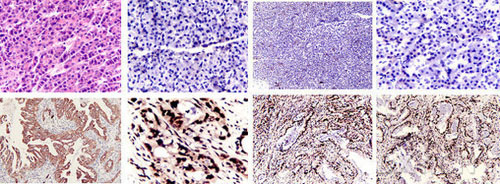
怎么做细胞爬片免疫组化染色实验
细胞爬片免疫组化染色,是通过细胞爬片是让玻片浸在细胞培养基内,细胞在玻片上生长,主要用于组织学,免疫组织化学...
2020/7/20 22:04:33
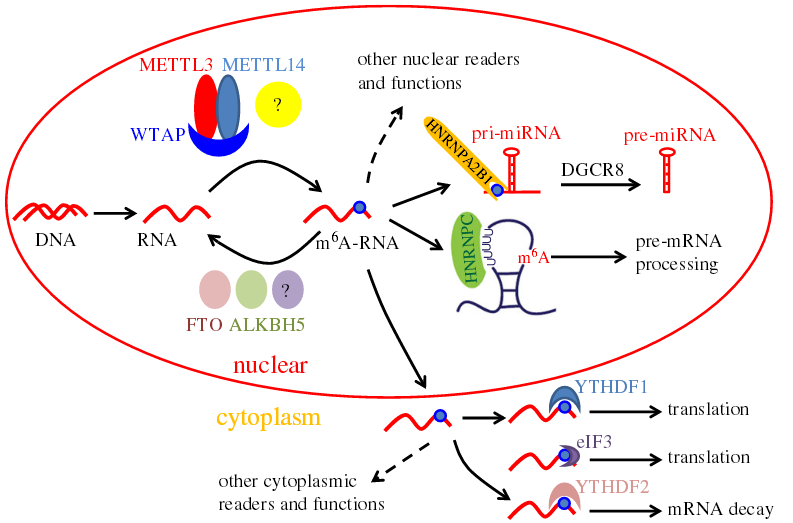
提取病毒RNA的实验方法
提取病毒RNA方法分别有:异硫氰酸胍的提取病毒RNA方法、TRIzol LS提取法、Trizol法提取法等等...
2020/7/22 20:29:26

9月开学季——助研新学期 范德送好礼
2025/8/28 15:30:55
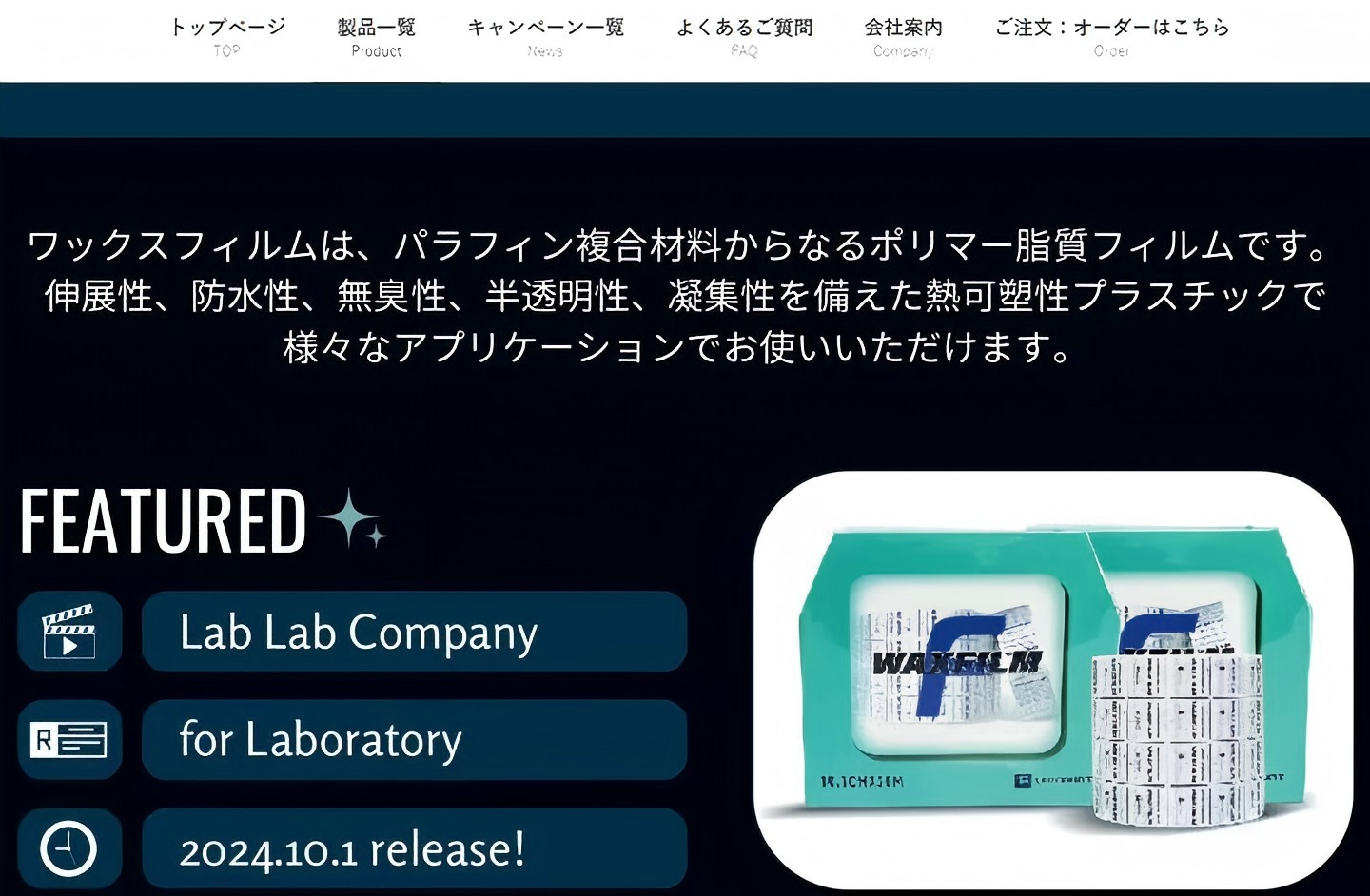
Waxfilm 实验室封口膜:技术与国际市场的双重突破
在实验室耗材领域,封口膜是保障实验准确性与稳定性的关键产品之一。近年来,Waxfilm?实验室封口膜凭借其卓...
2025/5/13 13:03:40
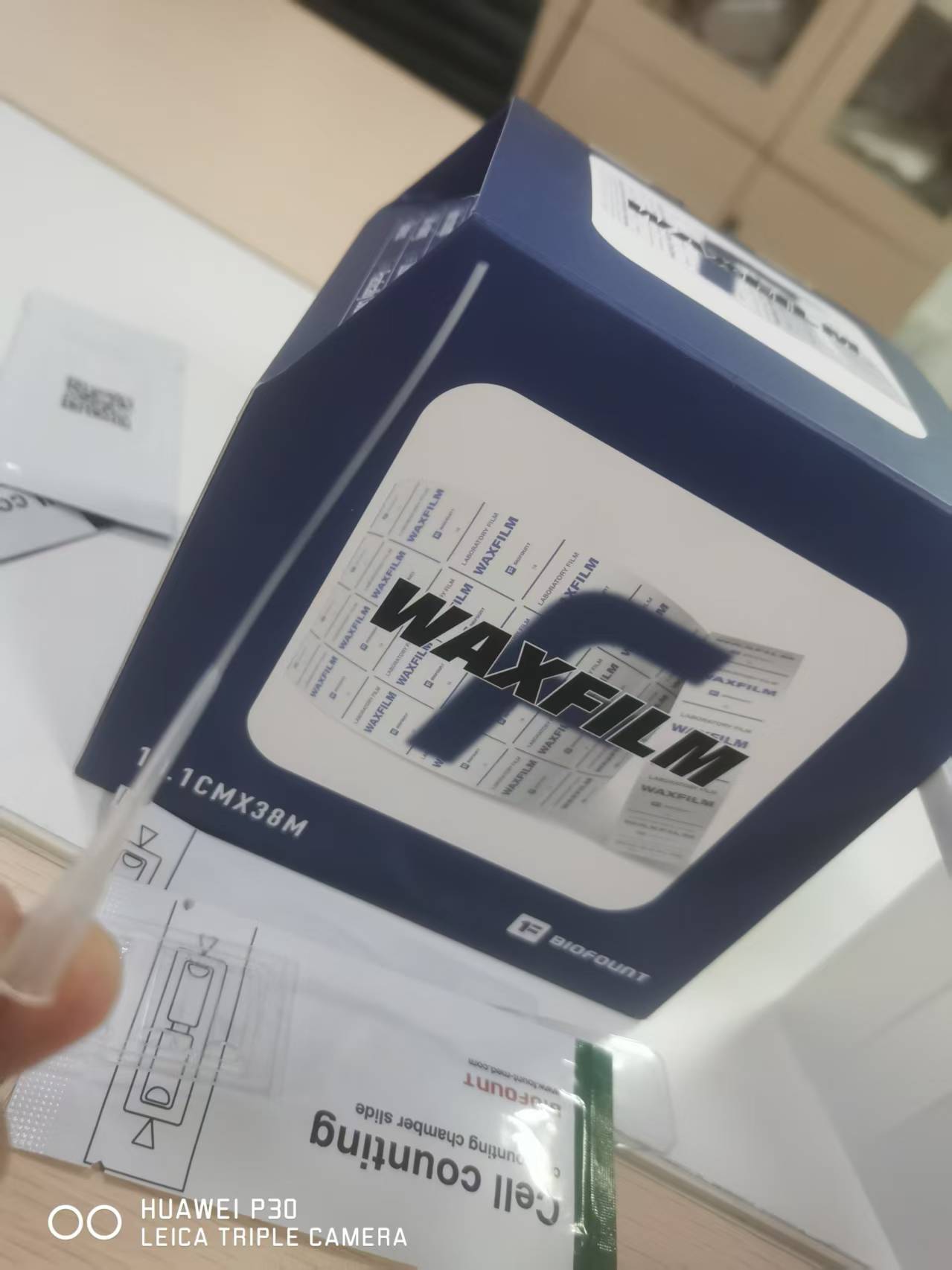
Waxfilm实验室封口膜的5大突破
Waxfilm实验室封口膜作为生物功能膜领域的国产技术突破和品牌突破,是生物领域中国技术发展的缩影。
2025/5/6 17:02:07
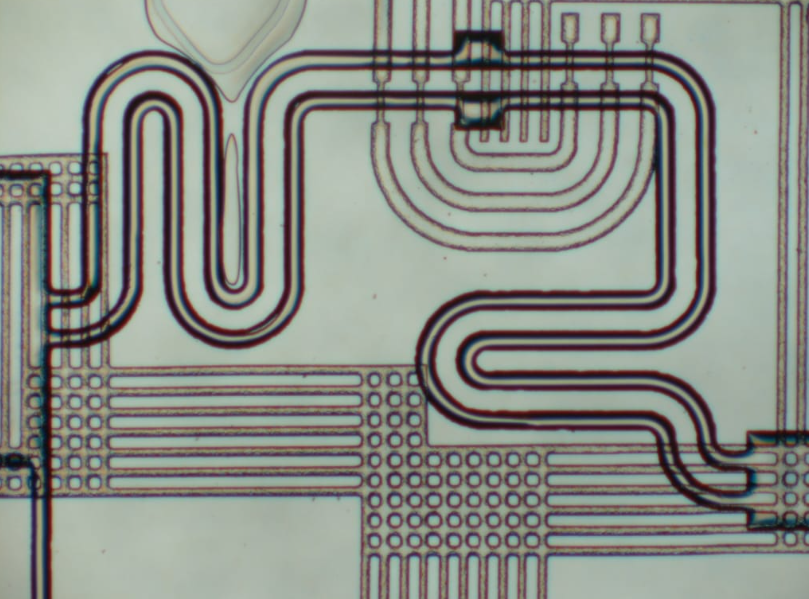
各种微流控芯片键合方法的优缺点
微流控芯片键合:目前主要有激光焊接、热压键合、胶键合、超音波焊接,每种方法都有各自的优缺点。本文主要介绍聚酯...
2023/7/28 10:43:09
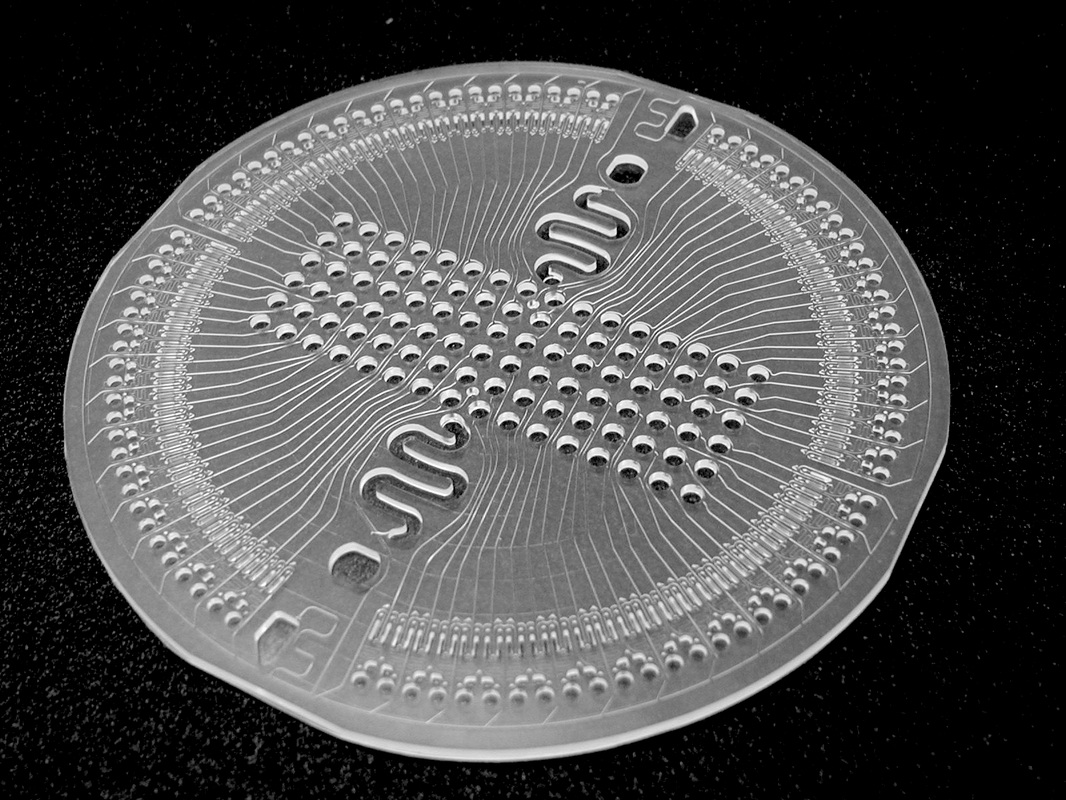
新一代微流控键合解决方案
微流控键合解决方案:微流控芯片制造的一个重要环节,也是最容易被忽视的--芯片键合。其中一个重要因素是:微流控...
2023/7/27 12:44:28
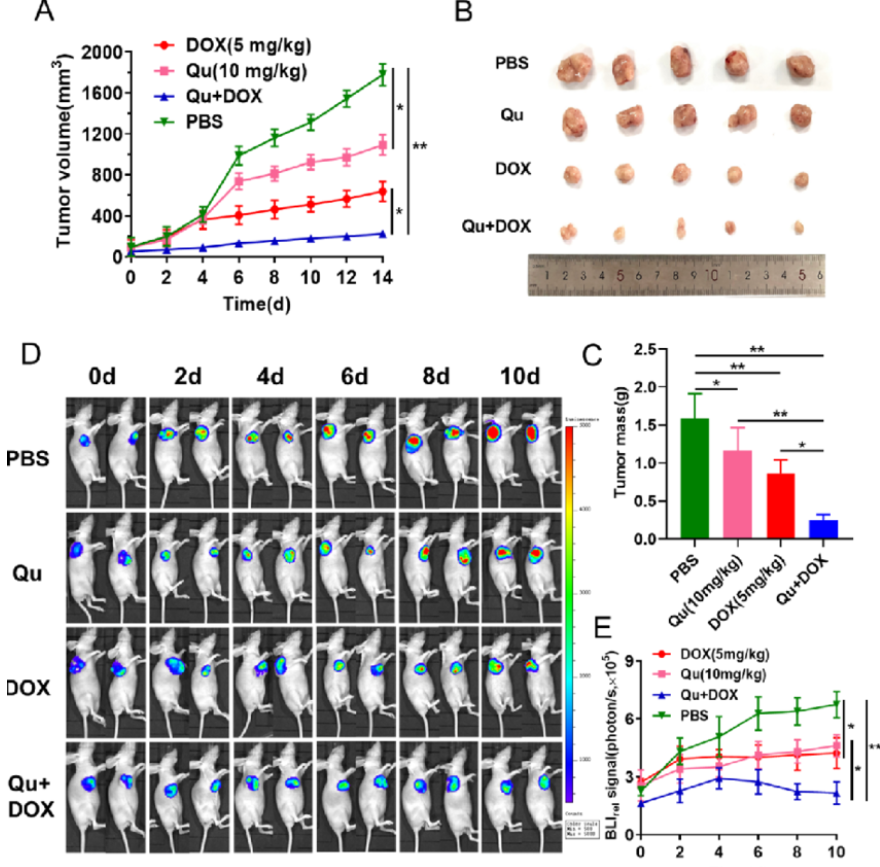
荧光素钾盐使用说明
D-荧光素钾盐(K+)设计用于体外和体内生物发光测定。D-荧光素的质量和纯度对于获得良好和可重复的结果至关重...
2023/7/20 11:05:11
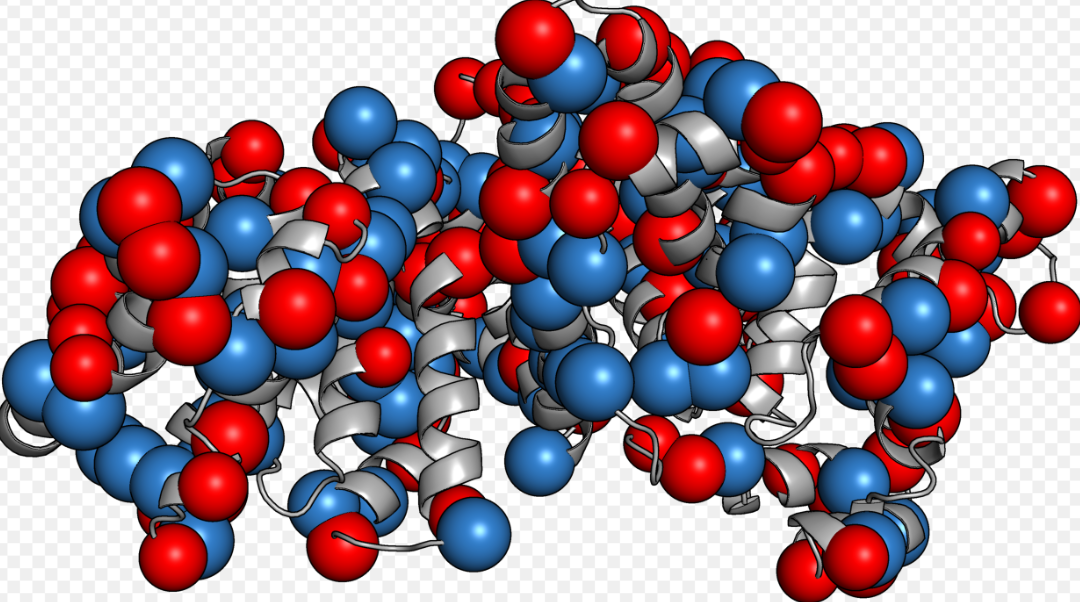
如何选BSA(牛血清白蛋白)
如何选BSA(牛血清白蛋白):牛血清白蛋白(BSA)有多种形式,如何选择适合自己的牛血清白蛋白(BSA)是一...
2023/2/14 13:09:18
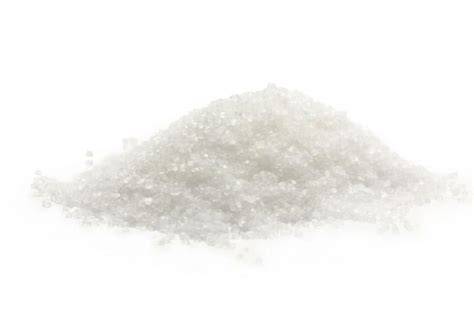
牛血清白蛋白(BSA)常见问题
牛血清白蛋白(BSA)常见问题:牛血清白蛋白(BSA)在实验室中是通用的,可用于蛋白质印迹、细胞组织培养、P...
2022/10/19 9:39:51




 购物车
购物车 



